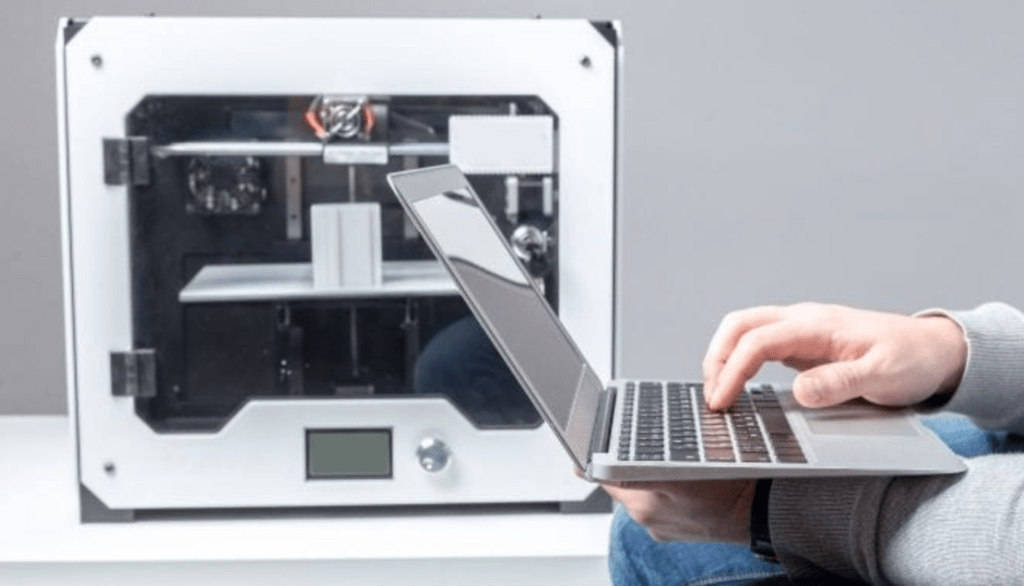Rapid tooling is the practice of producing quickly a limited number of prototypes. It is the combination of rapid prototyping with the usual tooling methods so that the mold is made quickly. It can be used to make components of some critical functional models with the help of CAD. In essence, rapid toolingcan channelize manufacturing injection molded components.
The two main advantages of Rapid Tooling include,
- Production in shorter periods
- Production with less expenditure
However, besides these, there are many more benefits and reasons for considering this technique and you will get to them precisely in this article.
Advantages of Rapid Tooling
Contents
This low cost and speedy method are what most manufacturers are tapping into in the present scenario. If you are still unsure, here are some more advantages of rapid tooling to help you make your mind:
1. There is space for innovation
It challenges and eliminates the techniques of conventional tooling. Thus, there are a lot of areas and opportunities to explore. Here, product designers have the space to imagine complicated geometries that won’t be feasible in conventional prototyping.
2. Custom molds can be made
The clients or the entity itself may require little quantities of tools for their specific but limited applications. Such customized requirements can be fulfilled with the help of this technique.
3. A wider range of materials
With rapid tooling, manufacturing of items in a large range of materials can be achieved. The clients, as well as the co-operative partners, can choose materials more flexibly.
4. Early marketing
Since the prototypes are produced quickly, they can be taken to the market earlier than the predicted time. This would lead to the product availing great marketing opportunities.
5. Fetching cheap prices
Since the product reaches the market quite fast, it can fetch cheap prices. Also, the prices are reduced as compared with the production in mass quantities with injection tools.
6. Can be used for troubleshooting
If there are existing problems in the product, rapid tooling can be well used to troubleshoot and eliminate them. This won’t be possible with conventional tooling.
Know The Right Kind Of Rapid Tooling For You
You would only be able to drive the maximum advantages of a technique if you get to execute it properly. Thus, you should know the kind of rapid prototyping that is best for you. The processes are quite specific with both metallic as well as for non-metallic mold. Then you will have to decide if you want to go with low-volume molded plastic parts or sand casting of cores and shapes. Moreover, rapid tooling may be slowed down to some extent by the finishing touches you choose to apply to the components.
There is a wide range of applications for this technique. Some of these include producing marking stamps, making EDM electrodes, manufacturing hybrid casting patterns, and creating splintering tools. The technique is highly promising and there is a long way to go for the future of the rapid prototyping industry with the existing processes constantly seeing improvements by visiting here nicerapid.com to get the service.

